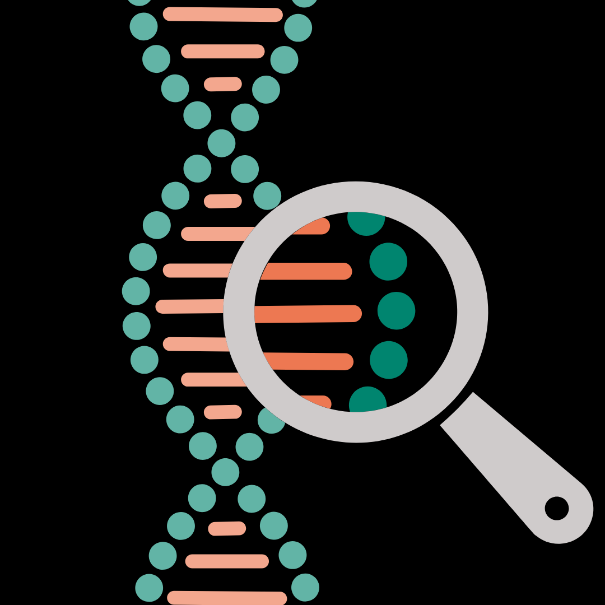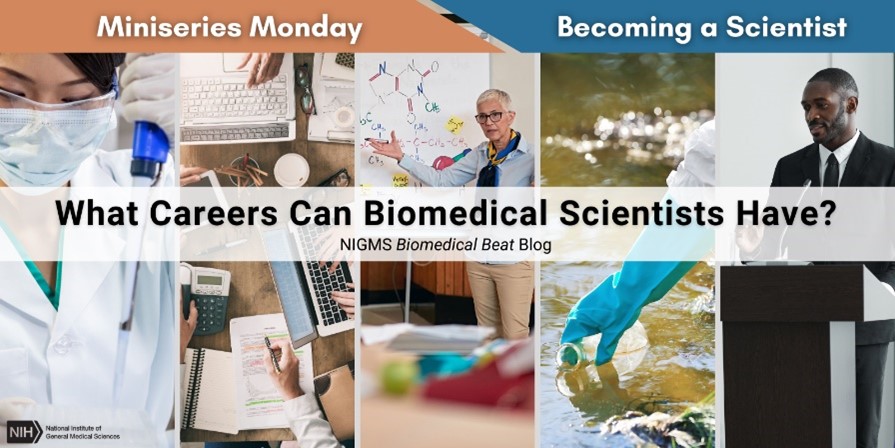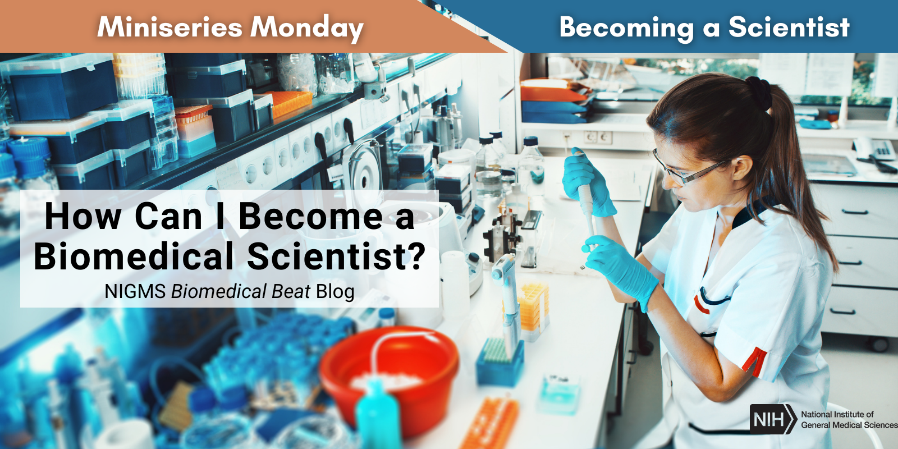
In our miniseries on genetics, we’ve introduced the genome and how variants in DNA affect us. We’ve also discussed how people inherit genetic information and the way genes are expressed, as well as common tools researchers use to study DNA. We hope you’ve paid close attention because it’s time to test your knowledge of genetics! Take our quiz below, and let us know how many questions you answered correctly.
Results
Share...
Share...
#1. How many pairs of chromosomes do people typically have?
The correct answer is B. Generally, people have 23 pairs of chromosomes. These chromosomes contain about 20,000 genes in total.
Share...
#2. Which of these techniques do scientists use to "read" the bases in a DNA segment?
The correct answer is C. Scientists use DNA sequencing to determine the order of bases in a DNA segment. Sequencing techniques require many copies of the same DNA segment. Researchers often use PCR to create these copies.
Share...
#3. What are the final products of gene expression?
The correct answer is D. In the first step of gene expression, called transcription, the cell creates messenger RNA (mRNA). In the second step, known as translation, the cell uses mRNA as instructions to build a protein.
Share...
#4. True or false: Most of your DNA is the same as that of everyone around you.
The correct answer is A. Most DNA is the same in all people, but we each have variants that make us unique. Variants can be the basis of physical traits, affect how people respond to medicines, and cause diseases.
Share...
#5. Which organelles have their own DNA?
The correct answer is A. Mitochondria have a small amount of DNA that includes 37 genes. Mitochondrial DNA is almost always inherited through the egg cell, meaning it’s usually inherited from only a person’s biological mother.
Share...
#6. Researchers can copy and paste DNA into living cells using which of the following?

Learn more in our Educator’s Corner.









